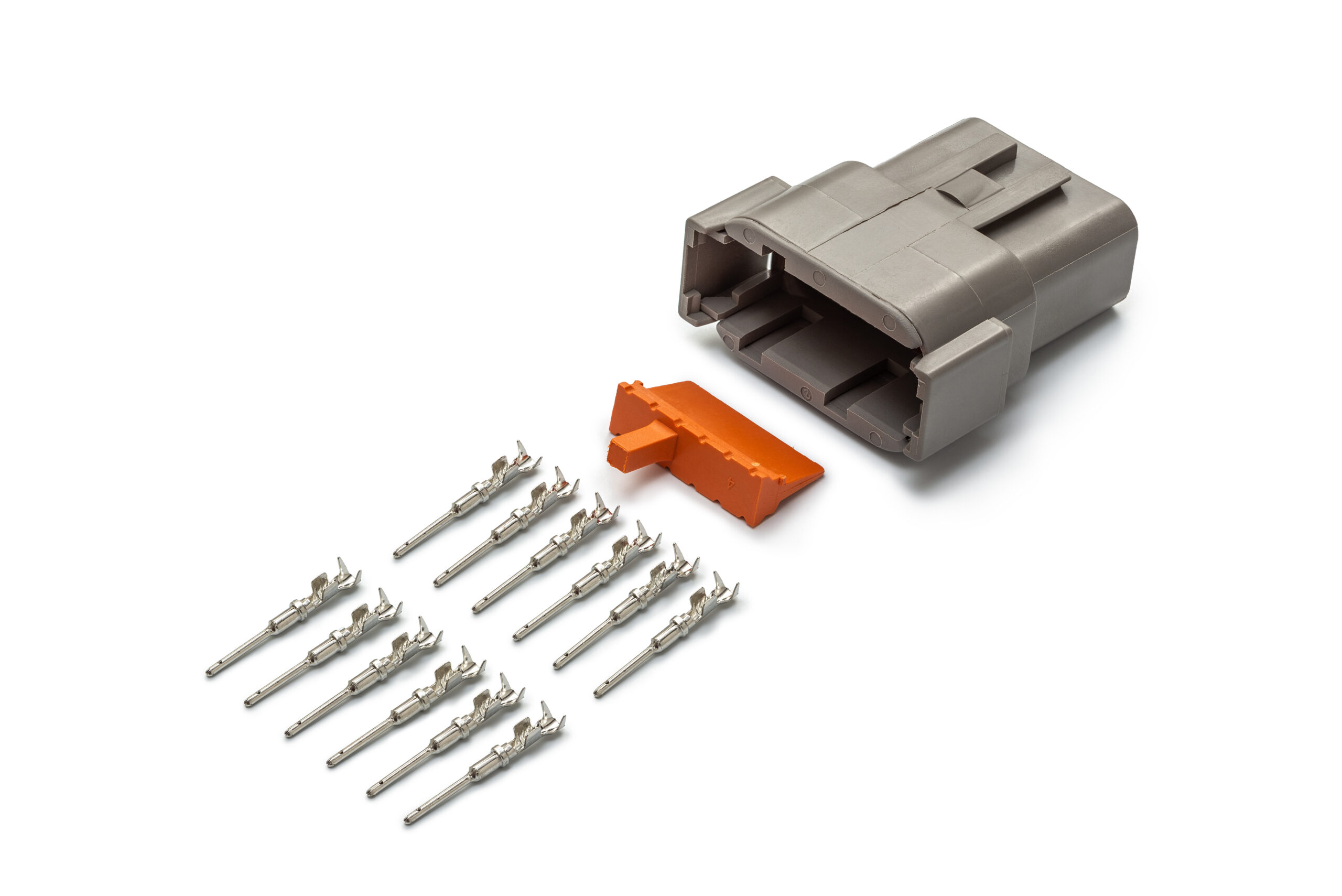
Overview
Tin plating is used extensively on many ferrous and nonferrous metals. Tin is a gray-white, soft, and ductile metal that is not easily oxidized in air. Electrodeposited tin has good conductivity and corrosion resistance while enhancing the solderability of substrates that are not otherwise easily soldered. Tin is generally considered nontoxic and non-carcinogenic, so it is generally approved for food-contact applications. It is also widely used in bus bar and aerospace applications.
Applications and Specifications of Tin
Tin plating is provided in two general types of deposits: bright tin and matte tin. Both can be obtained from an alkaline or acidic bath and can be electrolytically applied. The acidic chemistries are most common today.
Tin Options:
- Bright Tin
- Matte Tin
- Copper Tin
Common Specifications:
ASTM B545
MIL-T-10727
MIL-P-81728
SAE-AMS 2408


Request a Quote
How can Lindgren Group’s Avtec Finishing Systems and Nico Products Divisions partner with your company for greater success? Between our two facilities, we offer dozens of chemical and electroplating options, Gold Plating and other precious metal plating options, mechanical finishes, and quality systems to support our efforts in providing you with the best Metal Finishing available in the market today. Complete the form below to request a quote.
